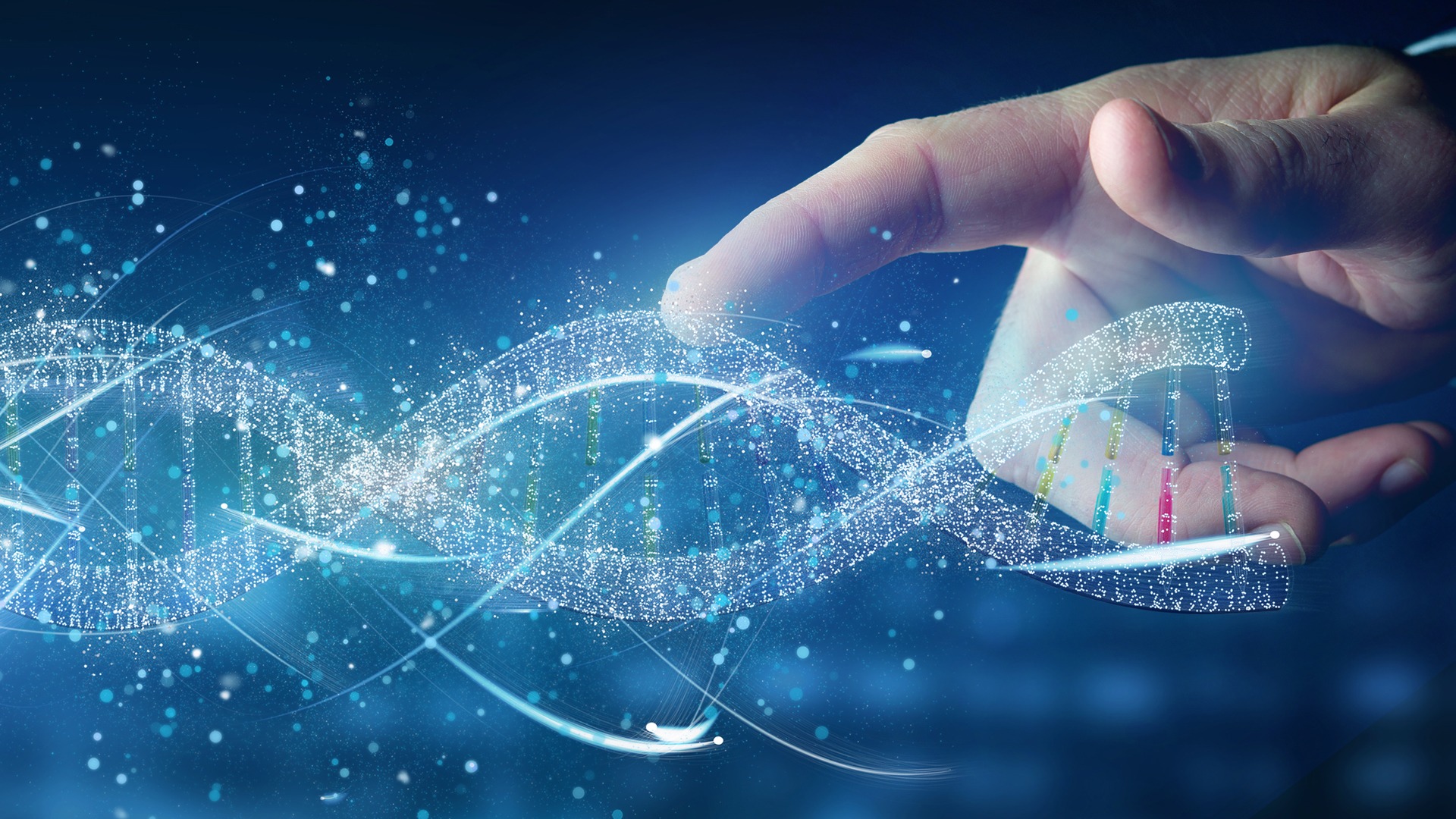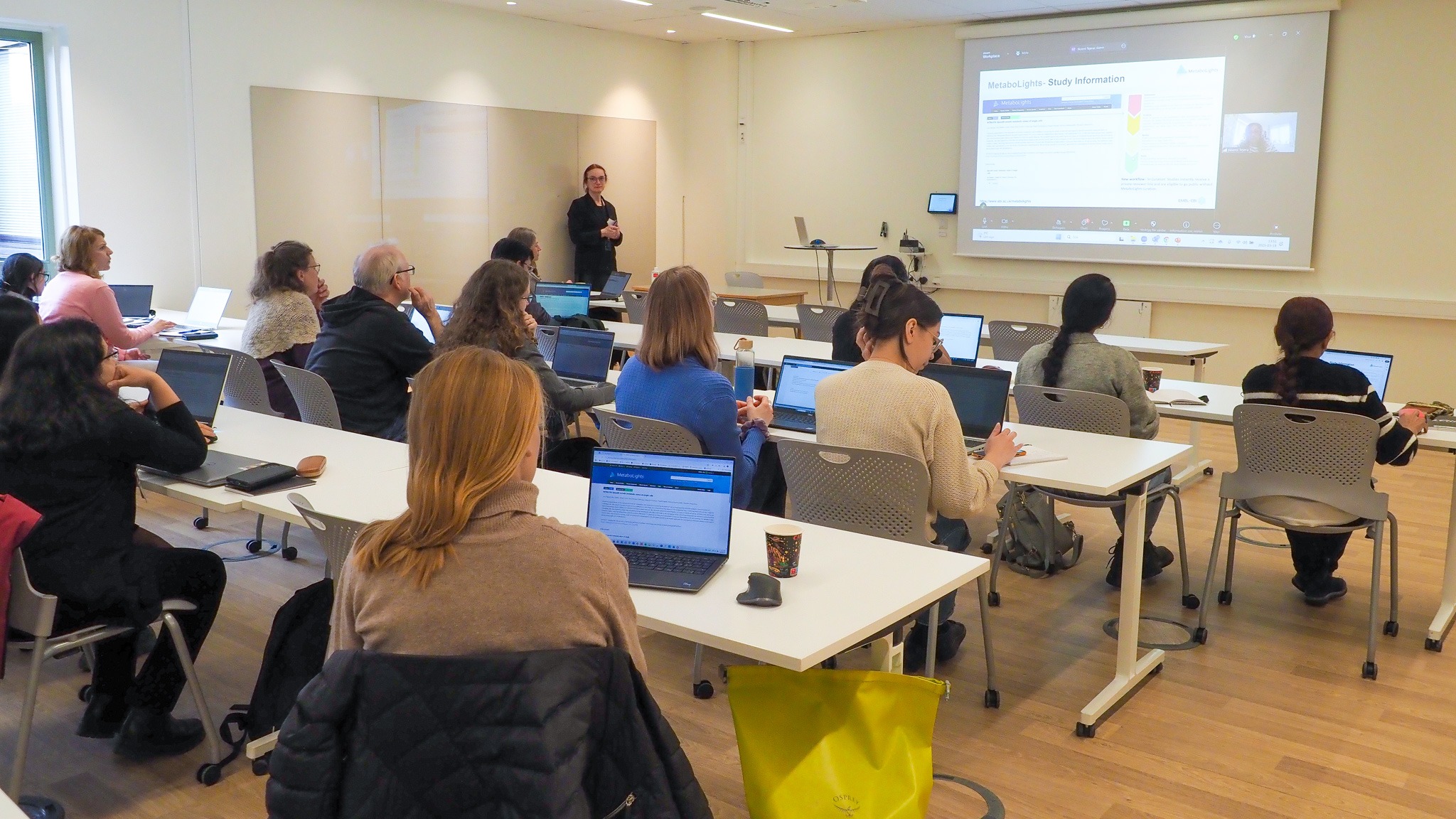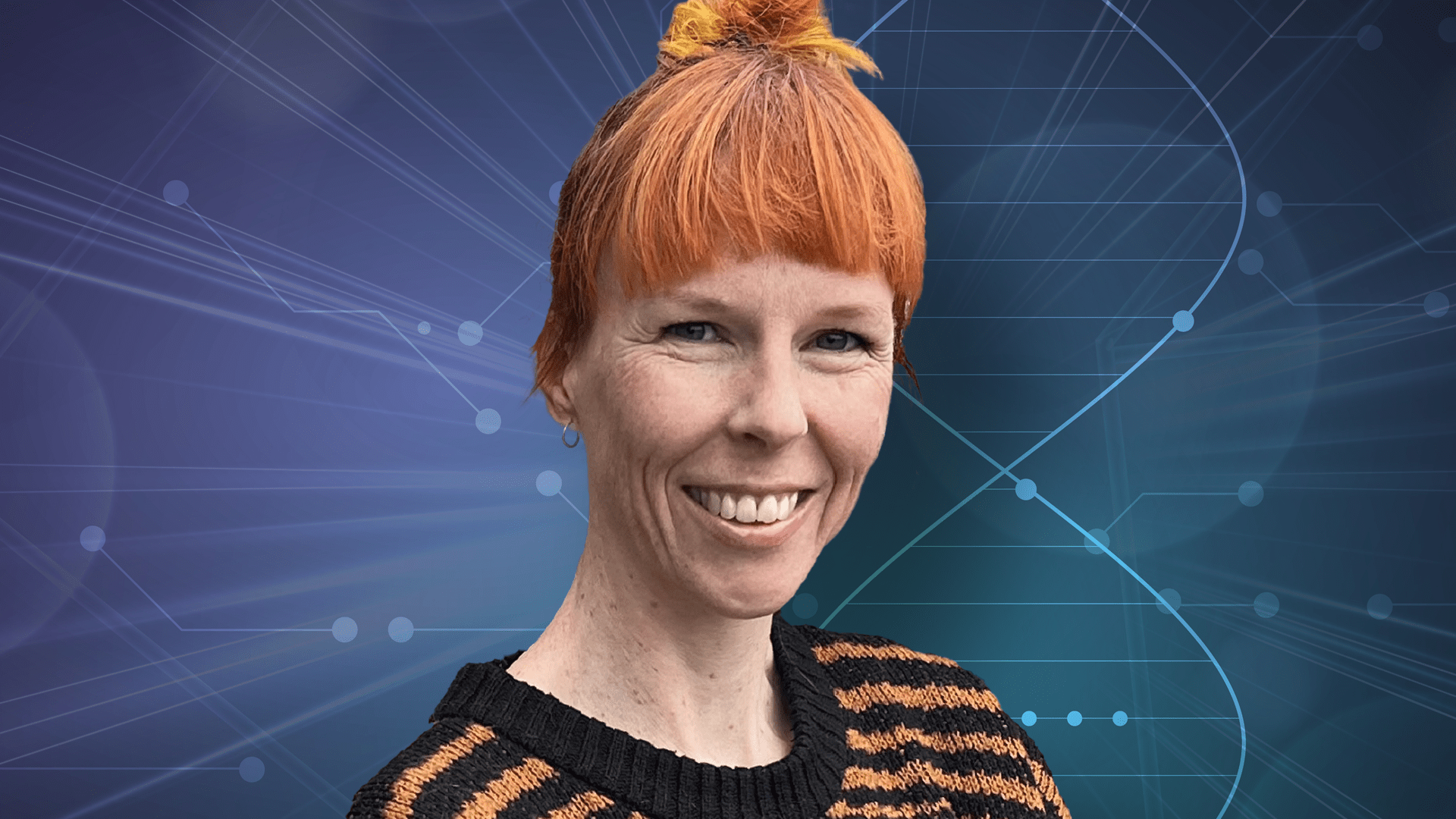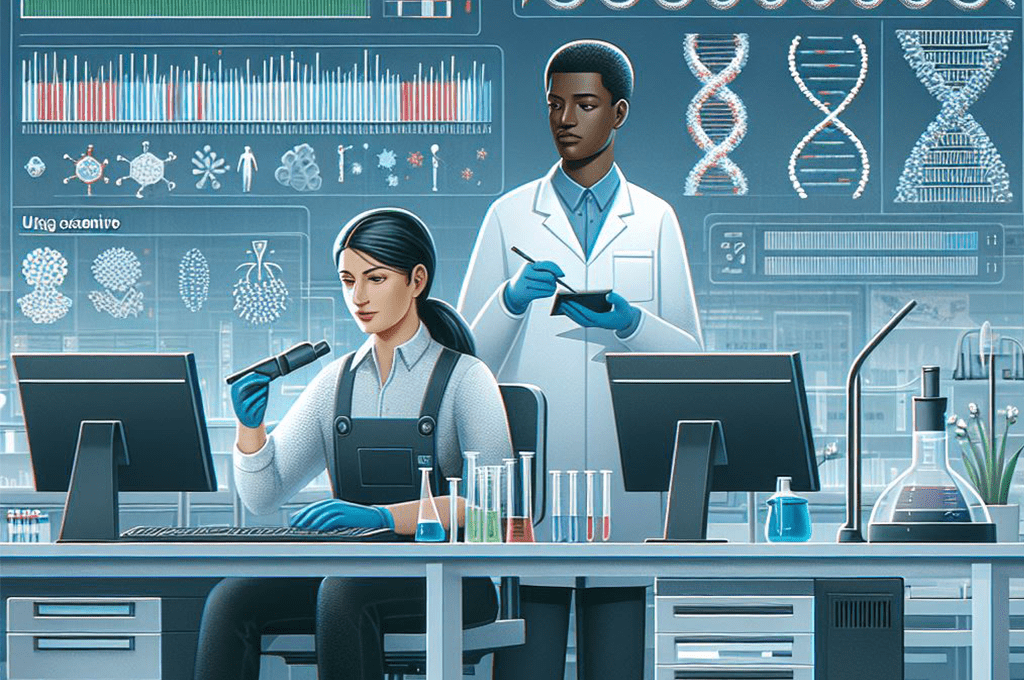Combined genome and proteome level analysis reveals insights in childhood leukemia
In a recent study, led by Janne Lehtiö (SciLifeLab/Karolinska Institutet) and Kajsa Paulsson (Lund University), researchers identified molecular changes in the regulation of the chromosomal architecture in patients with acute lymphoblastic leukemia.
The most common form of cancer in children is acute lymphoblastic leukemia (ALL). In Sweden alone, 65 children and teenagers are diagnosed with ALL every year and about 90 percent of the patients are cured using extensive chemotherapy treatment.
One of the most common genetic features of the disease is hyperdiploidy, the gain of whole chromosomes in cancer cells. How gaining these chromosomes impact the development of leukemia is poorly understood, however. The aim of the study, published in Nature Communications, was to increase the understanding of this in order to further improve the cure rate but also to find new treatments with less side effects.
Combined in-depth analyses of DNA, RNA and protein levels from the two most common ALL subtypes, was performed. By using Hi-C, a method that reveals the spatial organization of chromosomes, the researchers found that the normal chromosomal structure was disturbed in hyperdiploid ALL.
“Combining the proteome and transcriptome level analyses led to a new understanding of ALL. In the long term, this can lead to targeted therapies that only kill the cancer cells”, said Mattias Vesterlund, a postdoc researcher in Janne Lehtiö’s group (SciLifeLab/Karolinska Institutet) and shared first author of the study.
“It is a newer field and protein levels are hard to measure but the advantage is that it gives us a much clearer picture of how the cell is regulated compared to only examining DNA or RNA” says Janne Lehtiö, in a press release from Lund University.
Besides being the first proteogenomic study of acute lymphoblastic leukemia, providing large, openly accessible transcriptomic and proteomic data, the results are also highly relevant for the understanding of how this form of leukemia arises and what drives the cancer progression.





